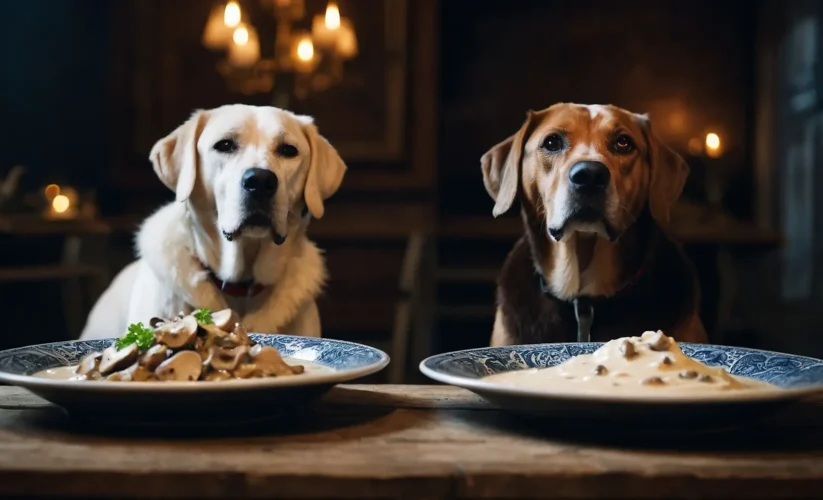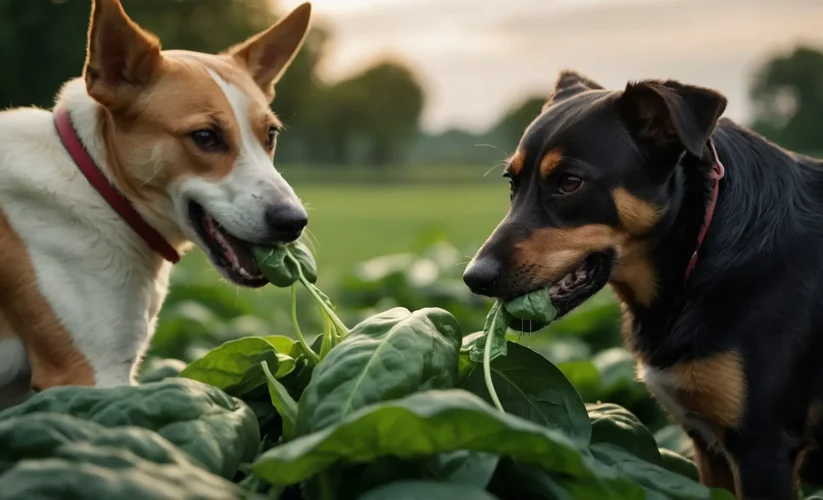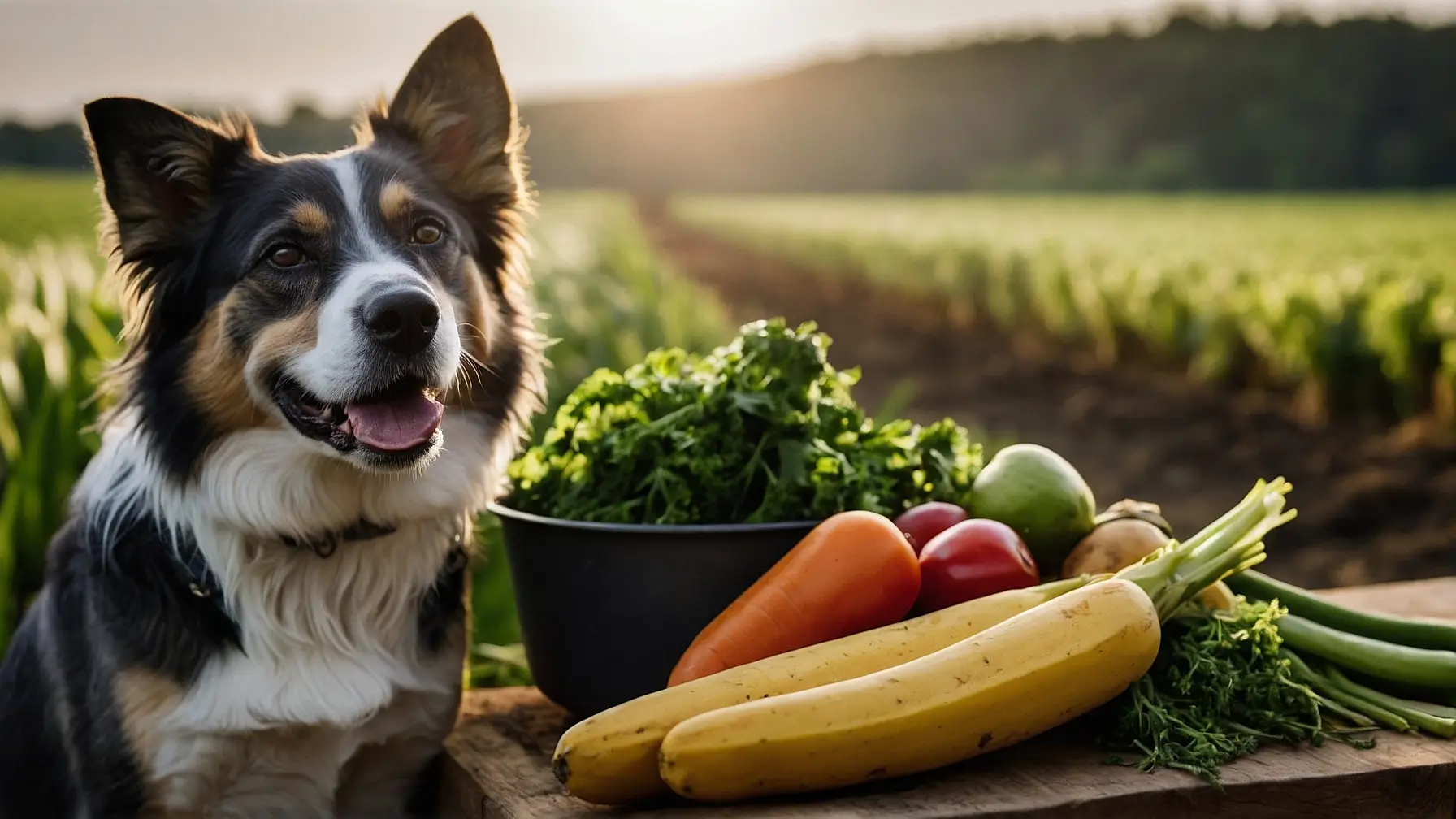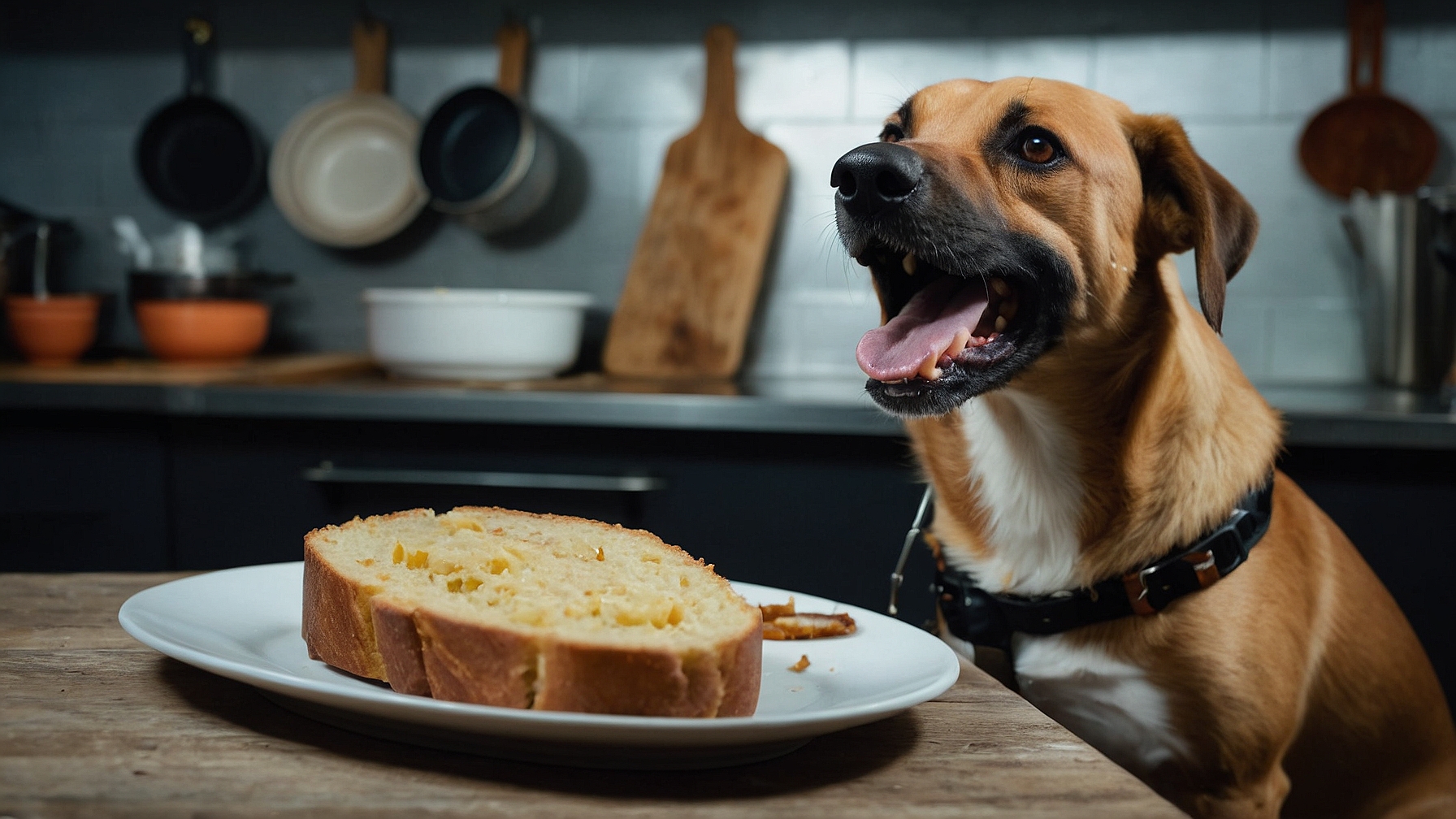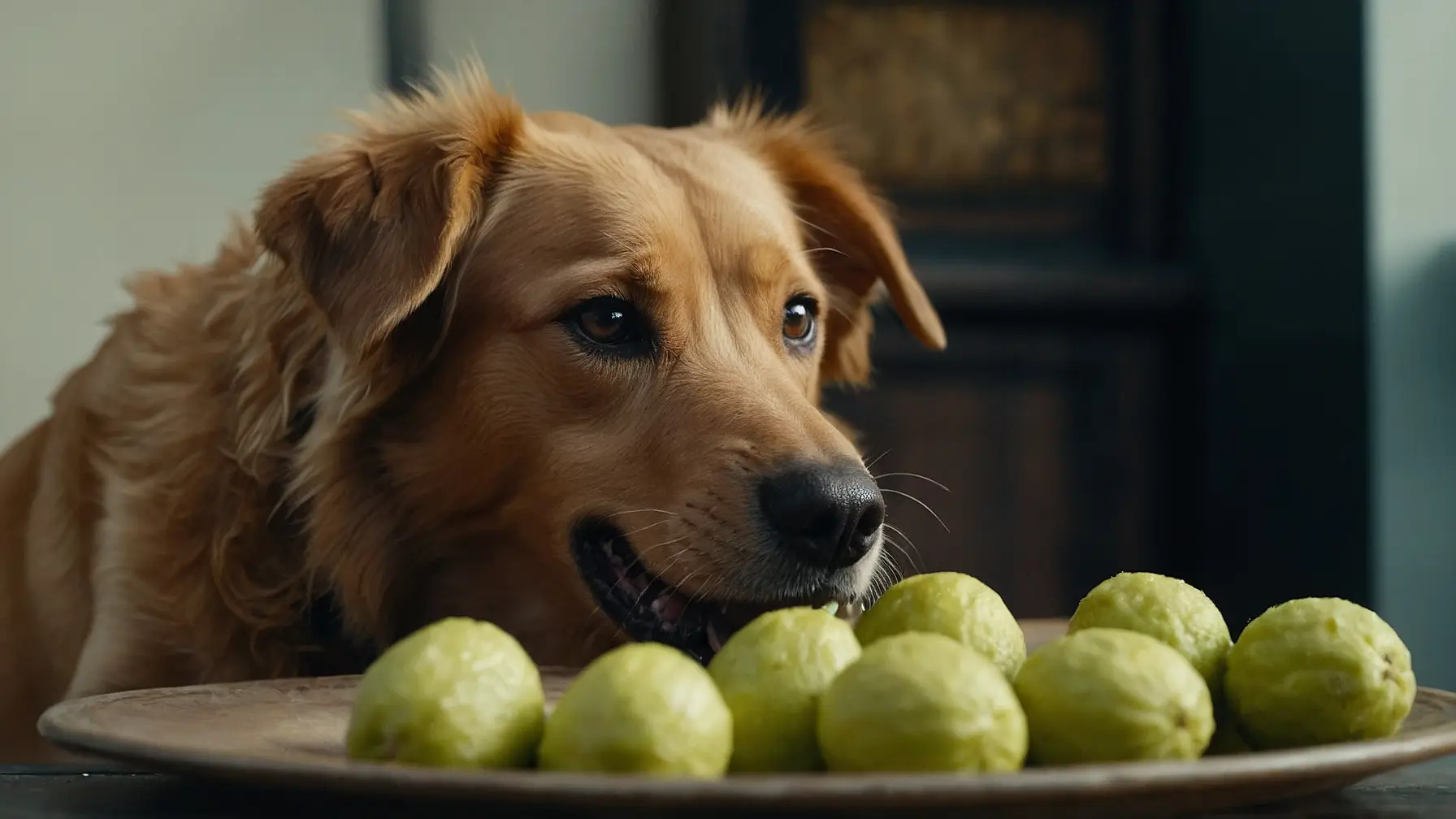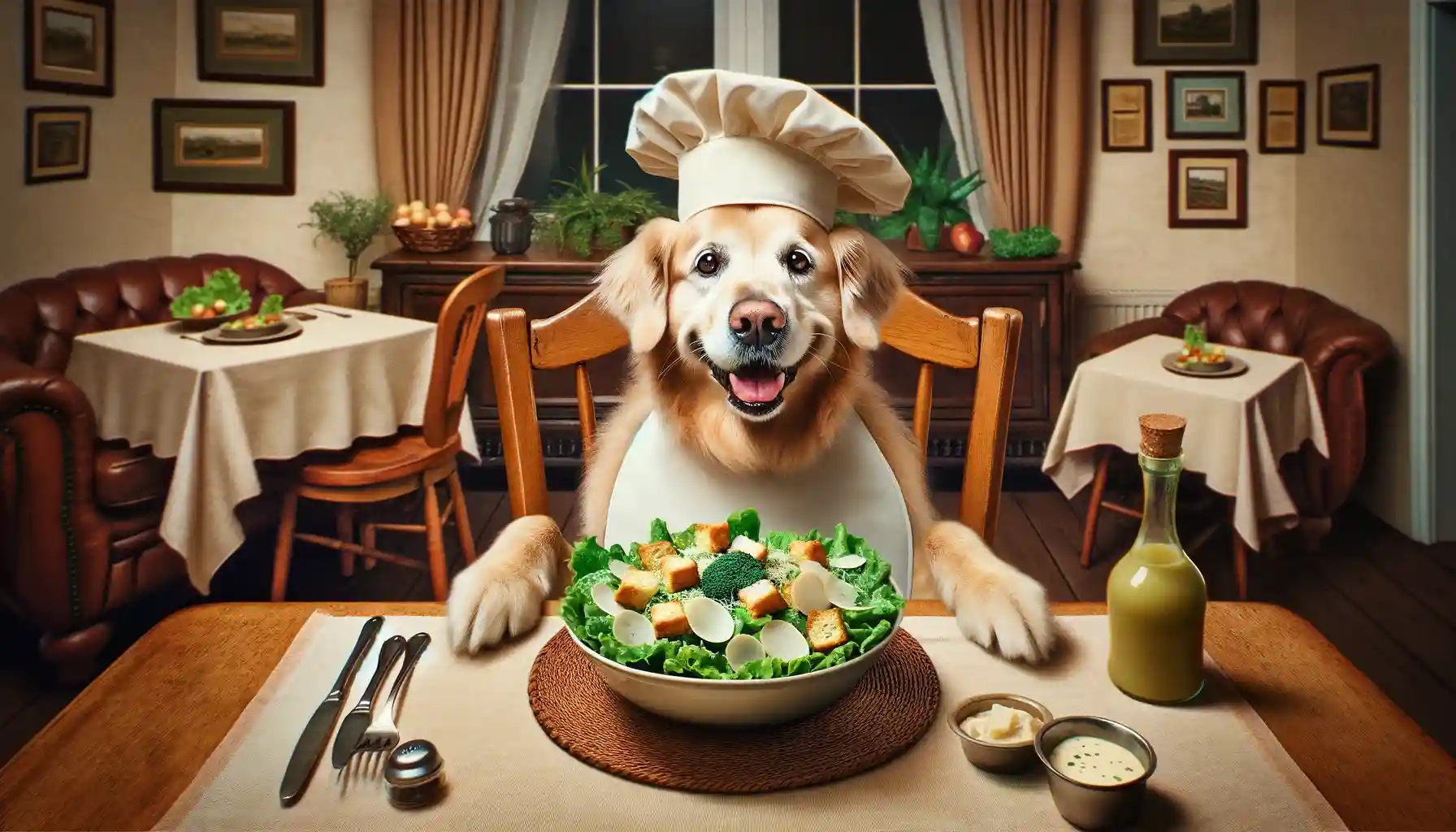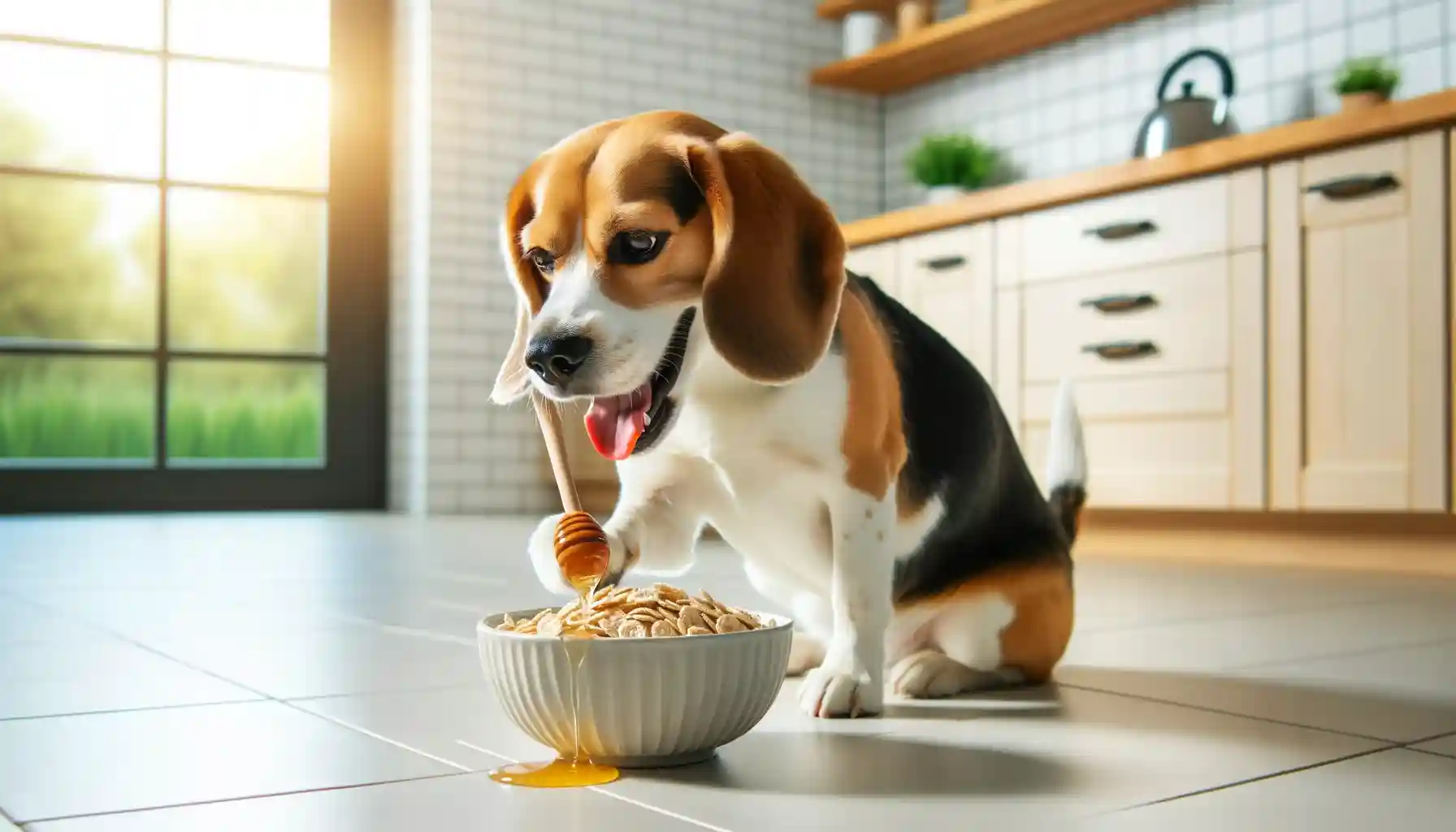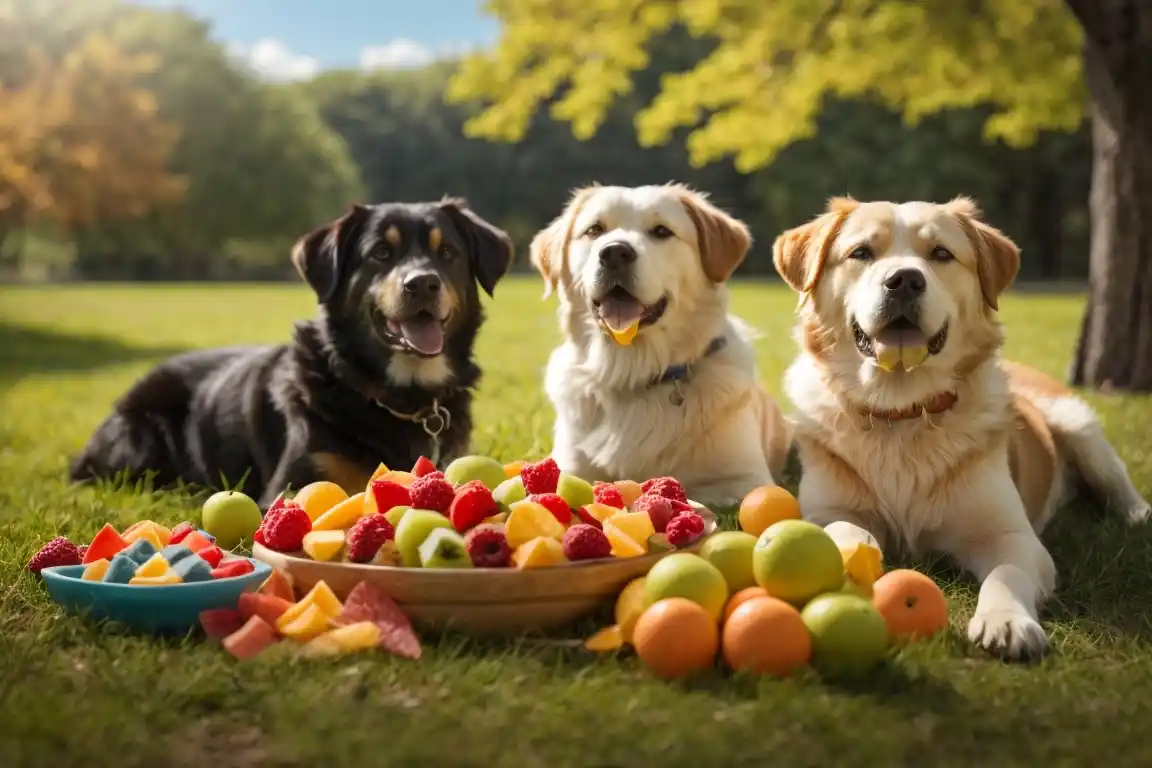can dogs eat Peas
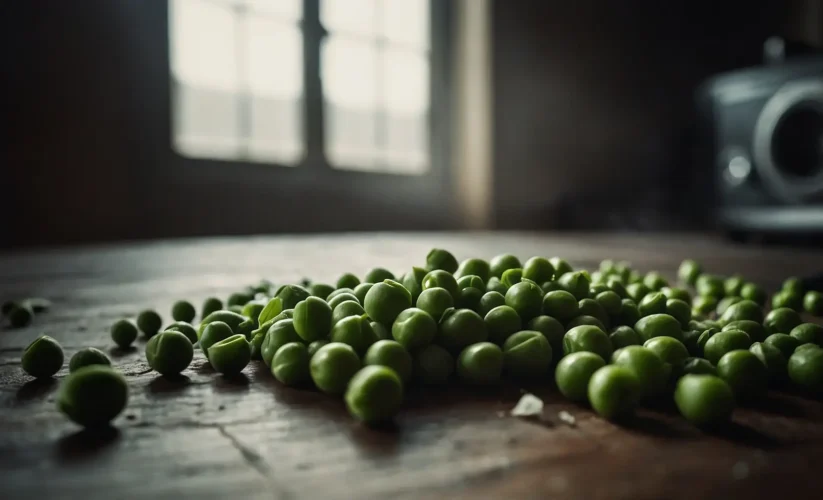
As dog owners, we often ponder over what foods we can share with our furry friends. Peas, commonly found in our kitchens, emerge as a food item that might pique our curiosity in this regard. This green, spherical vegetable is not just a staple in human diets but also surfaces in various commercial dog foods. But the question remains: can dogs eat Peas? This blog post dives into the nutritional benefits and potential risks associated with feeding peas to dogs. We’ll explore not only peas but also touch upon other vegetables like mushrooms, carrots, and onions, to give you a comprehensive understanding of what’s safe and what’s not for your canine companion.
Is Peas Good for Dogs?
Peas are indeed beneficial for dogs, in moderation. This vegetable is a powerhouse of nutrients, including vitamins A, B, and K, along with minerals such as iron, zinc, potassium, and magnesium. Peas are also rich in protein and high in fiber, which can be advantageous for a dog’s digestive health. The inclusion of peas in a dog’s diet can support their overall health by providing essential nutrients that aid in maintaining their energy levels, supporting bone health, and contributing to a healthy skin and coat.
However, moderation is key. While peas offer numerous health benefits, excessive consumption can lead to gastrointestinal issues in some dogs. This is particularly the case with dogs that have sensitive stomachs or pre-existing health conditions. Additionally, because peas are high in calories, overfeeding them to your dog could contribute to weight gain, especially in less active dogs. Therefore, it’s important to introduce peas into your dog’s diet gradually and in controlled portions.
Is Peas Beans Bad for Dogs?
When we talk about peas, it’s crucial to differentiate them from peas beans, such as chickpeas and kidney beans, which are also commonly included in dog foods. These legumes are generally safe for dogs, but like peas, they must be given in moderation. Peas beans are high in protein and fiber, but they also contain more complex carbohydrates that can be harder for dogs to digest. This can lead to gas and bloating in some dogs, especially if they’re not accustomed to these foods.
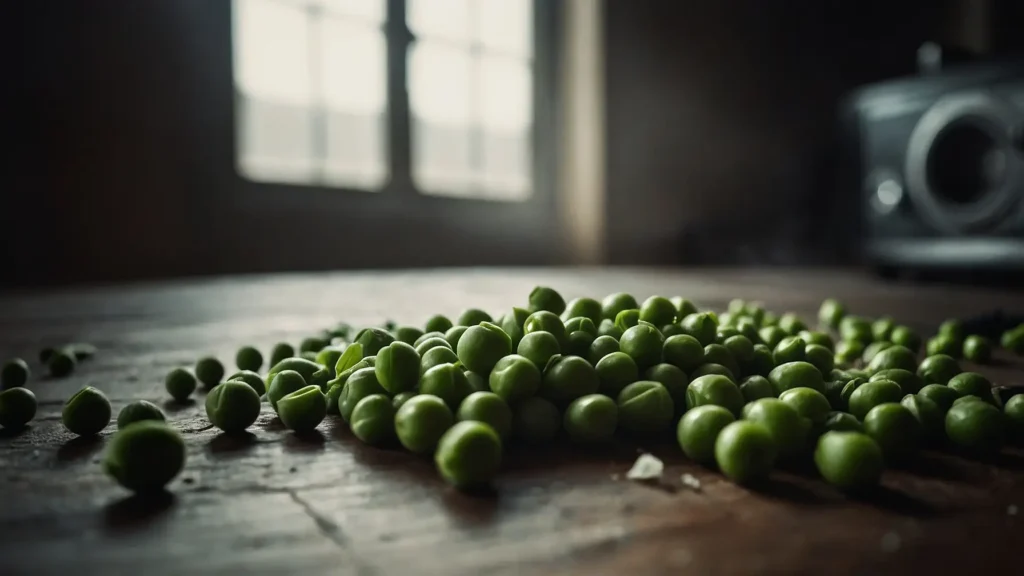
Moreover, it’s essential to serve peas beans in their plain, cooked form without any added seasonings or spices, which can be harmful to dogs. Raw beans should be avoided as they can be toxic to dogs. Cooking beans properly eliminates the risk of toxicity and makes them easier for dogs to digest. Nonetheless, because of their high caloric content, peas beans should be a small part of your dog’s diet to avoid weight gain and related health issues.
Are Other Vegetables Safe For Dogs?
When incorporating vegetables into your dog’s diet, it’s important to know which are safe and which could pose risks. Carrots are highly beneficial for dogs, offering dietary fiber, vitamins, and low calories, making them an excellent snack. Mushrooms, however, are tricky; while plain, cooked mushrooms can be safe, wild mushrooms can be extremely toxic. Therefore, it’s best to avoid giving mushrooms unless you’re absolutely certain they’re safe for canine consumption.
Onions, along with garlic and chives, are particularly harmful to dogs. These vegetables contain compounds that can cause oxidative damage to red blood cells, leading to anemia. Even small amounts of onions can be toxic, so it’s critical to keep all forms of onions away from dogs. When introducing any new vegetable to your dog’s diet, start with small amounts to monitor their reaction, and always consult with a veterinarian if you’re unsure.
Final Thoughts
Incorporating vegetables like peas into your dog’s diet can offer them a variety of nutritional benefits. However, it’s essential to approach this practice with caution and knowledge. Peas are generally good for dogs in moderation, but peas beans and other vegetables require careful consideration due to potential health risks. Always prioritize vegetables known to be safe for dogs, such as carrots, and strictly avoid toxic ones like onions.
Remember, every dog is unique, and what works for one may not work for another. Observing your dog’s reaction to new foods and consulting with a veterinarian can guide you toward making the best dietary choices for your pet. By doing so, you can enrich your dog’s diet with the benefits of vegetables while ensuring their health and happiness remain paramount.

